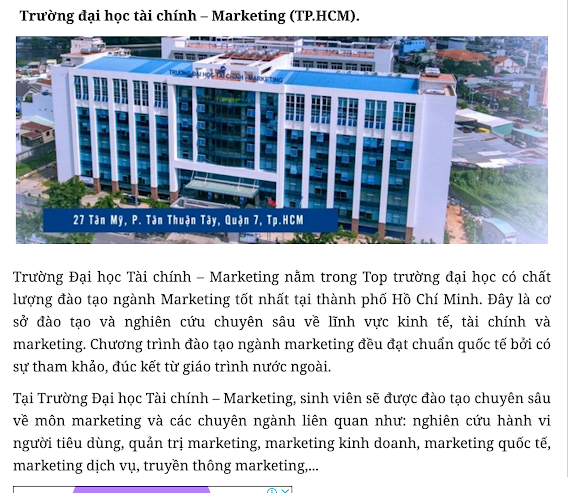Xây dựng mối quan hệ giữa nông dân và người tiêu dùng thông qua nỗ lực marketing trực tiếp ở địa phương
Local direct marketing efforts build grower-consumer relationships
MARISSA MULLETT
By MARISSA MULLETT
OSU Extension
Because U.S. consumers value the opportunity to purchase fresh, locally grown foods, they are increasingly interested in supporting agriculture through direct marketing. In Coshocton County the public participates in direct marketing efforts by purchasing goods from the farmers market, participating in community supported agriculture programs (CSA), and by patronizing farm stands and wineries.
Ohio ranks fifth in the nation for its agricultural direct marketing sales. By definition, direct marketing in the agricultural industry refers to food purchasing methods that promote producer-consumer interaction.
Farmers markets are perhaps the most commonly recognized form of direct marketing. According to the USDA, in 2006 there were 4,385 farmers markets in the United States compared to 1,755 in 1994. Area growers who participate in the Coshocton County Farmers Market Association make it possible for members of the community to purchase locally-produced foods May through October.
The USDA also reports that 82 percent of farmers markets are self-sustaining and 58 percent of them accept WIC coupons, food stamps, and other local/state nutrition programs.
According to an Ohio State University study, 73 percent of Ohioans are willing to pay more for foods that are locally-produced. However, when comparing prices at the grocery store with farmers market prices, store prices are typically higher.
CSA is another form of direct marketing that is growing in popularity in the county and across the nation. Farms that offer CSA require consumers to make a financial commitment with the agricultural establishment. In return, the consumers will receive a basket of food from the farm on a weekly basis (typically late spring through fall). CSA farms generally offer a variety of vegetables, fruits, and herbs. But, some also offer a share of eggs, meat, milk, and baked goods.
The financial commitment to a CSA varies. Locally, consumers can expect to invest anywhere from $200 for a half season to $500 for a full season. Traditionally, CSA payment is due upfront. As far as delivery is concerned, some CSA operators deliver produce to consumers, while others prepare the goods for consumer pick up on specific day.

Không có nhận xét nào:
Đăng nhận xét